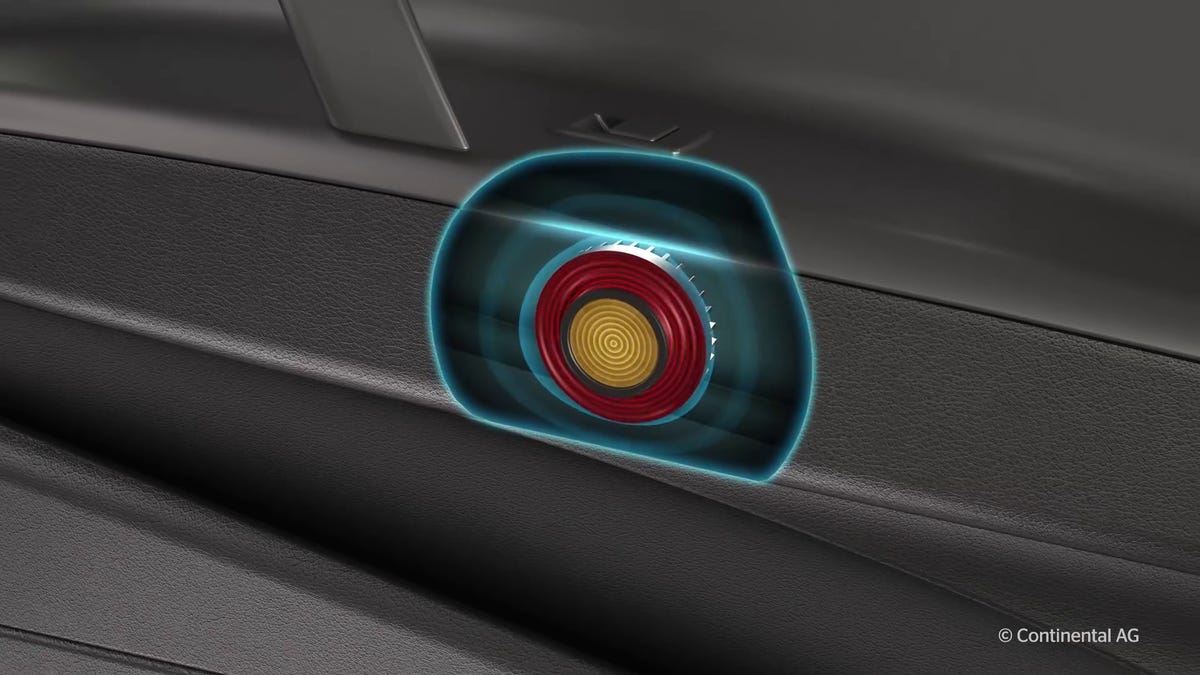Car speakers are about to disappear
Why is so much space in your car devoted to something you can't see or touch?

We've largely abandoned giant speaker systems at home in favor of slim sound bars and almost unnoticeable subwoofers, but in our cars speakers are as big and more numerous than ever. That may soon change.
Car tech supplier Continental has a pending technology that will create speakers out of other interior parts. It retains the moving electromagnetic coil part of today's speaker but uses it to vibrate some existing part of the car's interior instead of a dedicated speaker cone. A door panel or other interior trim could do double duty, opening up in-car real estate for something else where a speaker sits today.
Google recently bought UK startup Redux which has been working on turning video screens into speakers. This would be something of a holy grail in car audio as vehicles usually lack the critical center channel speaker, ceding that territory to the LCD head unit. Google will certainly be aimed at embedding speaker functionality into smartphone screens first, but the move from that to an automotive LCD application wouldn't be a huge jump.
You may recall a flat speaker technology from NXT that was bubbling up when CNET first started doing car tech reviews a decade ago. That tech was acquired by Tectonic and today shows up in the Bentley Continental and Bentayga. Not exactly driving change in the mainstream auto speaker market, but most car audio tech does trickle down in a few years.
A 2016 research project at the Korea Advanced Institute of Science and Technology details how the entire headliner of a car can be turned into a subwoofer with an array of actuators vibrating it. If you don't want to wait for that to exit the lab, get a late model Toyota FJ Cruiser which offered a speaker system that vibrates the headliner, though not specifically as a sub. And since 2013 some Mercedes-Benz cars offer a FrontBass option that sinks a subwoofer deep in the firewall stamping where you'll never see it but definitely feel it.
In all this innovation, there are general trends:
Reduce size and bulk. Making speakers smaller allows more important stuff to take their place. Honestly, think cupholders and bins, the stuff car buyers ask for endlessly.
Improve audio dispersion. Flat speakers often do a better job sending sound to all the seats in the car as opposed to being so highly directional that you need more speakers so that each seat gets an equal sound array.
Use less energy. Many of these speaker innovations need less power from an amplifier, which in turn uses less electricity from the battery which saves a few drops of fuel at the engine. Yes, even speakers help engineers wring out more MPG with lower emissions.

